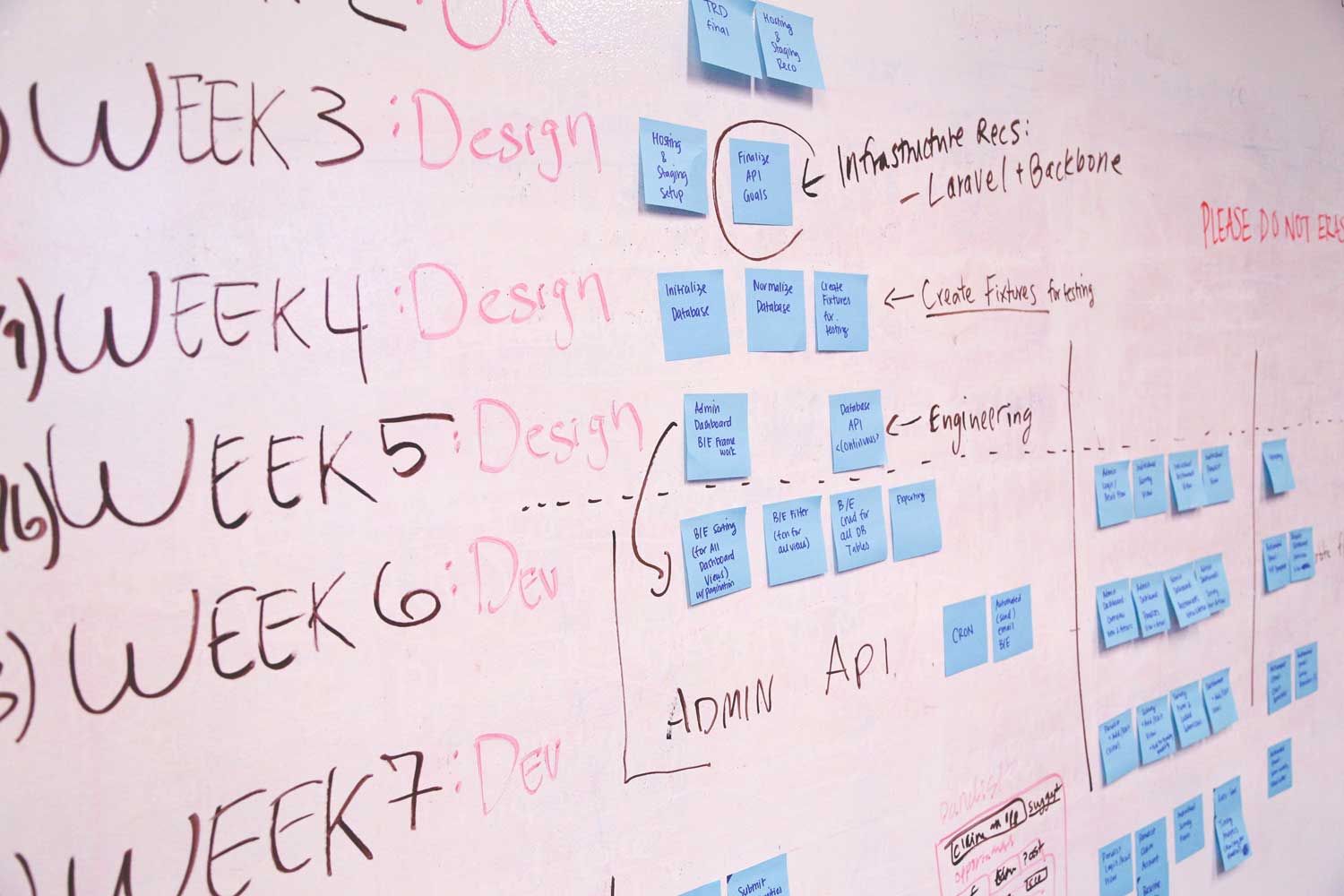Every project requires a plan for its execution. Team and business leaders know project management helps them execute, monitor, and control projects to ensure they meet their goals and objectives. But what about creating a plan?
Project planning is the initial phase that tells a team a project’s what, why, and how. It requires leaders to define goals, timelines, resources, budgets, tasks, and deadlines. In short, it is the blueprint that guides the execution.
Because of how important it is to any project, leaders and teams should ensure they conduct project planning properly before starting any project. To aid with this, we have compiled the strategies and best practices project managers follow during this phase.
Always Start with a Business Case
There is a reason for the existence of every project. This is known as the business case. It outlines the reasons for initiating the project, its benefits, and potential return on investment. The business case also encompasses the problem the team is trying to solve or the solution it is trying to find in projects with these requirements.
The team has to present the business case to relevant stakeholders and explain what the project will entail and how it will do everything required. The team must also present a feasibility study that explores the project’s practicality. The approval of a business case and everything it entails means the team has a project it can work on, which is the go-ahead it needs to get started.
Explore the Problem or Business Case in as Much Depth as Possible
A crucial part of project planning is trying to understand the problem or business case in as much depth as possible. This exercise helps you develop potential solutions, understand what resources you need when you start the project, know how much time everything will take, and be aware of potential issues that might arise during project execution.
Brainstorming with your initial team is a great way to complete this exercise, and you are encouraged to use tools that make this exploration easier. Tools like a spider diagram template that make it easier to map out your organization and visualize your ideas and concepts around the project or business case are extremely useful for this exercise.
Make sure all the tools you use for this support collaboration and sharing for two reasons. First, these features make collaborating with remote employees and team members easier. Second, everyone can add their ideas whenever they arise, even after the brainstorming sessions end. The team can then set aside some time to look over everyone’s contributions before picking the best ideas or solutions.
Create Realistic Timelines and Milestones
Going into a project without a clear understanding of timelines or setting milestones limits your ability to keep time or meet deadlines. As you discuss and brainstorm the project, consider the major achievements that will get you closer to completing it and meeting its goals and objectives. These will be your milestones. Next, try to understand how long it will take to hit each milestone.
Setting timelines is more of an art than a science because every project, scope, and requirement is different. However, a competent team of those involved with the project will make it much easier to estimate timelines and set reasonable milestones.
As you do this, remember to give yourself additional time. Even the most well-planned and executed plans face challenges and these cause delays. Tight timelines and deadlines put you under too much pressure if something goes wrong, which increases the probability of not being able to deliver to the required standards.
Create a Communication Plan
Every significant project requires at least two people working on it. Communication is crucial during execution, so decide how everyone will communicate with each other during the planning stage. Establish a hierarchy of seniority for the escalation of issues or if someone needs to ask a question. You can also do away with the hierarchy so anyone can talk to anyone else if they need to do so to eliminate communication friction.
Next, decide on mediums of communication. These days, many teams use real-time messaging options to communicate, but this might not be the best option for your team and project. Consider options like email and asynchronous communication, but make these decisions during the planning stage so everyone understands what is required and how things will work before the project starts.
Project planning can determine the success of a project, so leaders must take their time with it. Although it will take time, doing it properly is worth it because poor planning will lead to problems later. For example, team members might not understand what is required of them or have difficulty meeting deadlines and keeping timelines.











